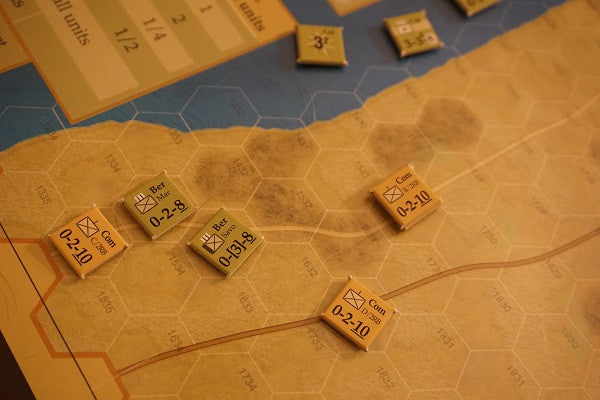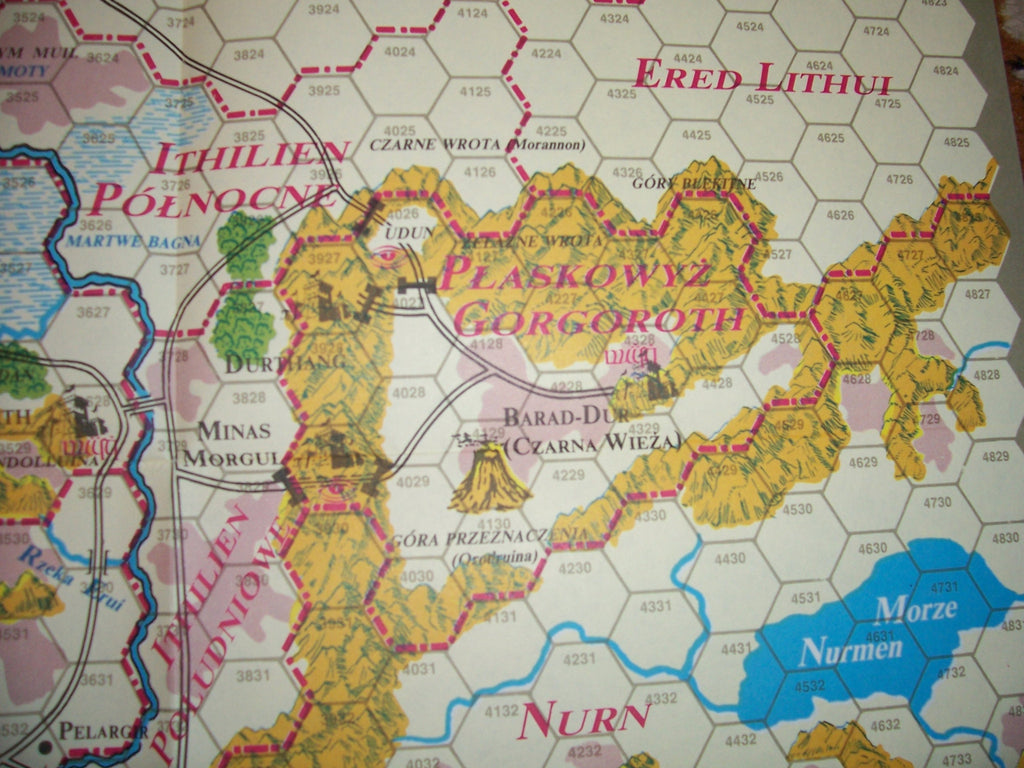Hollandazed: Thoughts, Ideas, and Miscellany — wargame
VICTORY CONDITIONS (by Tom Russell)

Not to belabor the obvious, but Victory Conditions are what make a game a game. They constrict the game's scope and dictate its structure. Victory Conditions set goals for the players, and their strategies and tactics are generally crafted with those ends in mind. Probably the single most important thing a designer does (besides looking stunningly handsome) is decide how the game ends, and how the game is won. Sometimes these are two different things that exist somewhat independently of one another. The game might end, for example, after you've played through a certain number of Game Turns. This is...
LEAN AND BALANCE (by Tom Russell)

Wars are usually asymmetrical. One side or the other has better leaders, better or more units, more favorable terrain, more advanced equipment or doctrine. In most conflicts, one side attacks and the other defends, and in some cases, these roles may be reversed with a well-timed and well-executed counterattack or counteroffensive. Each side has its own advantages and disadvantages, and it's common for one side to have more advantages than the other, resulting in a decisive victory. It's rare for two sides to be perfectly, evenly matched. This asymmetry is, and should be, mirrored in historical wargames. One of the...
FRAGILITY IN GAME DESIGN (by Tom Russell)
I've been thinking a lot lately about fragile games. By this I don't mean games with easily-damageable components, but games in which the game state is itself extremely malleable, changing in response to player decisions. A highly fragile game is capable of being systemically skewed, with certain actions becoming easier or harder (and more viable or less), and the pace of the game becoming faster or slower, all depending on what the players have done previously. You don't actually see this kind of thing a lot in your standard move-combat wargames (though there is some degree of malleability there). It's...
BUILDING SUPPLY LINES, PART 2 of 2 (by Tom Russell)
So, when last we saw our plucky, nerdy hero, it was late 2015 and he and his amazing, wonderful, action-hero wife were preparing to start up their own company. With that thought in mind, and with renewed confidence in his abilities honed by a dozen or so subsequent published designs, he turned again to Supply Lines of the American Revolution. There is however another version of this story, which goes: "Hey, Tom?" "Yes, Mary, oh heart of my heart?" "You're going to do Supply Lines, right? For our company? Because I really like it." "Maybe, my lily among the brambles....
ONE STACK TO RULE THEM ALL, AND IN THE DARKNESS BIND THEM (by Tom Russell)

Playtest, playtest, playtest. Even folks who only play games, and never make the transition to designing, know that playtesting is an integral - maybe even the integral - part of the process. A common refrain when a game disappoints us is, "Did they even bother to playtest this?" There are various reasons why we playtest. First, to make sure the game works as intended; second, to make sure the game is fun; third, to catch and eliminate ambiguities; fourth, to make sure that there's some decent amount of replayability; fifth, to ensure the game's balance isn't broken. And there is...
